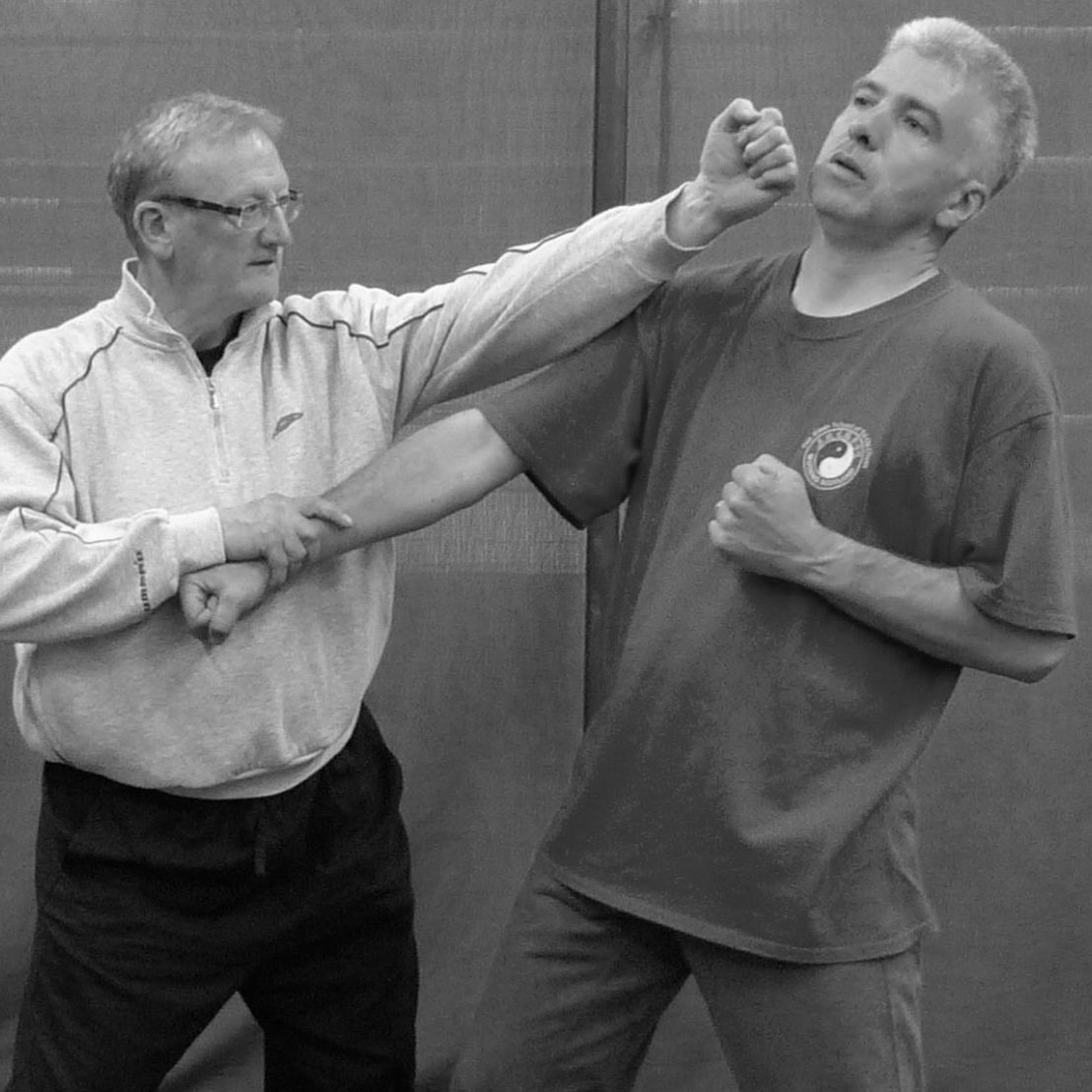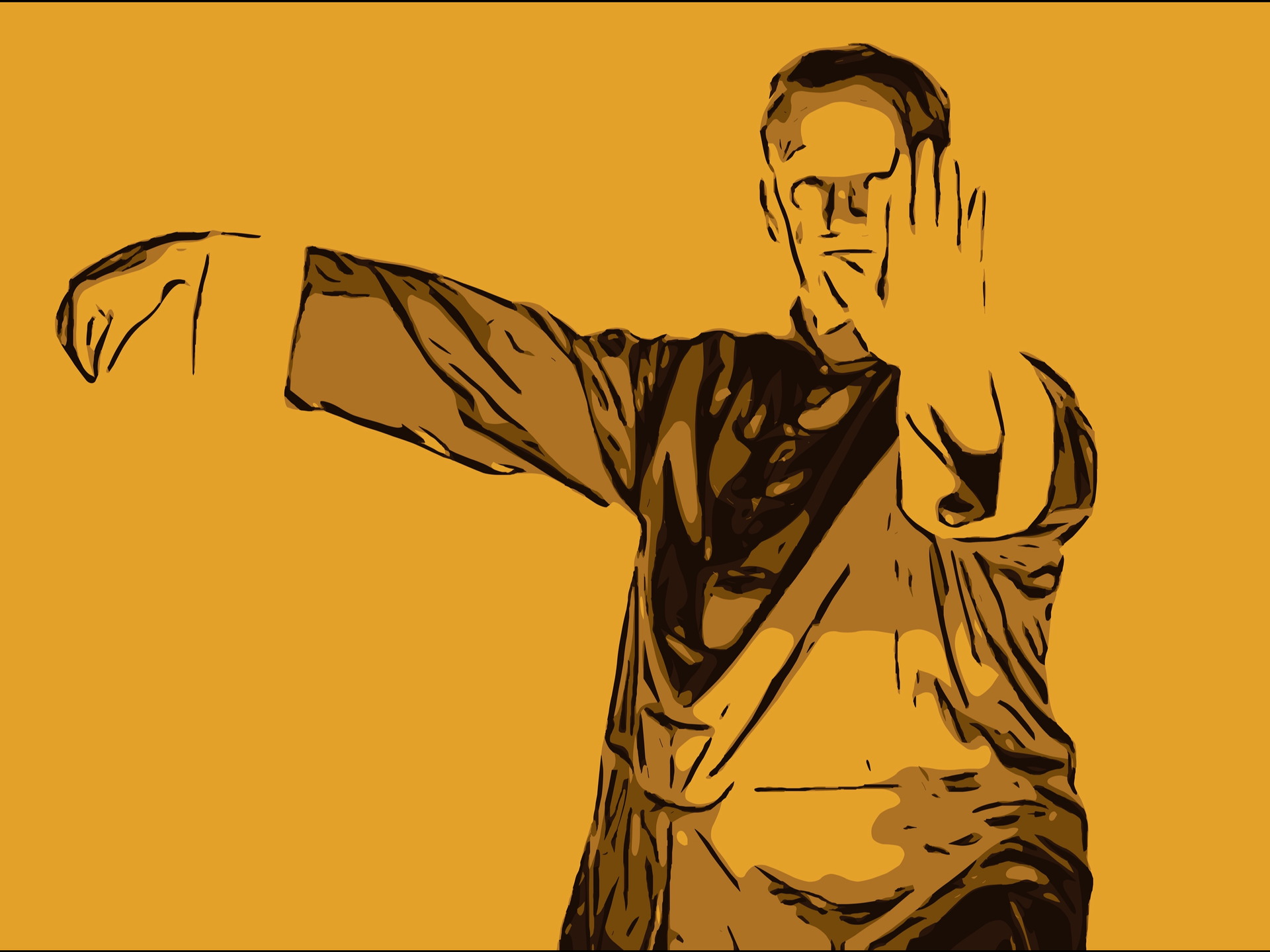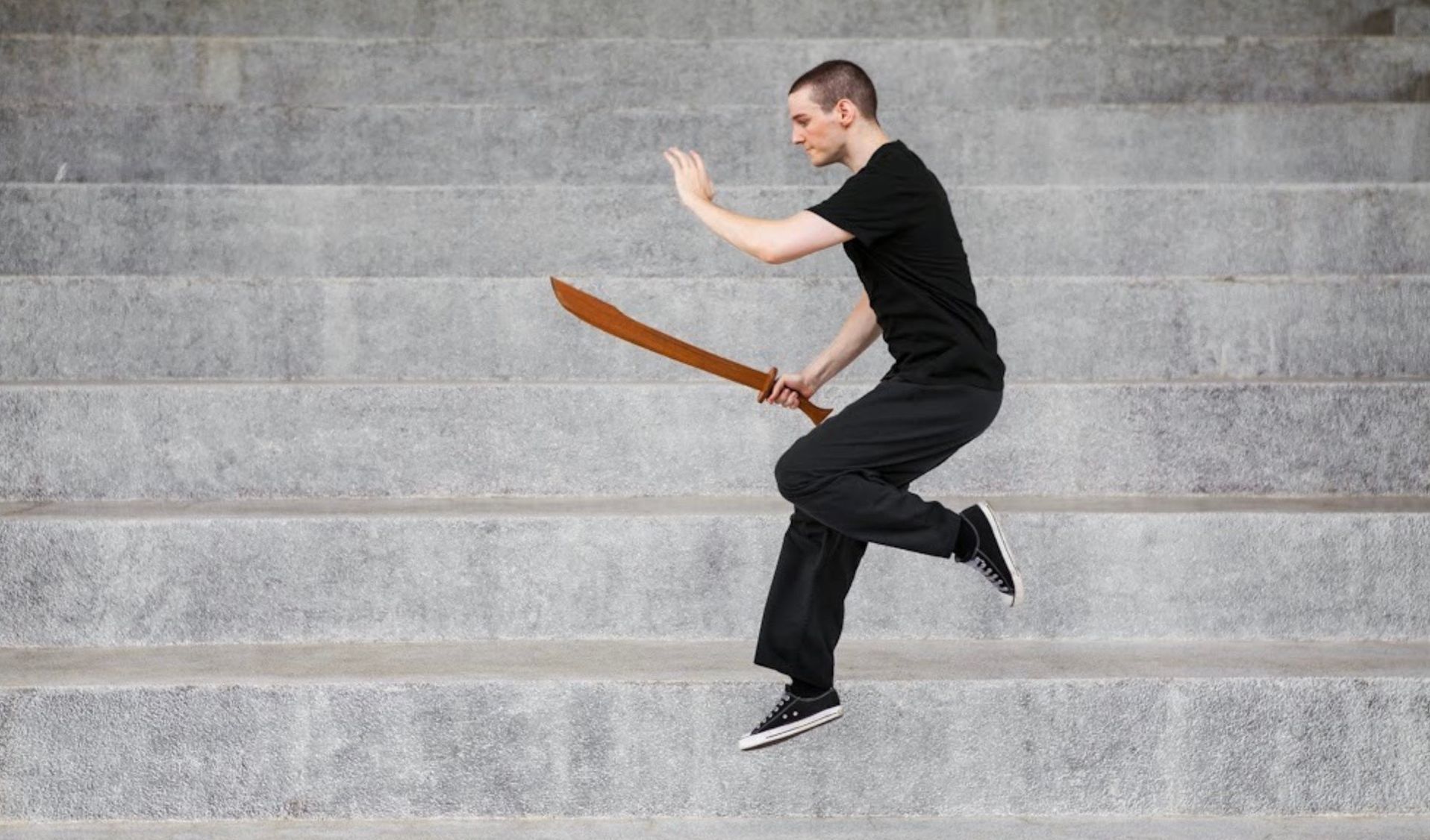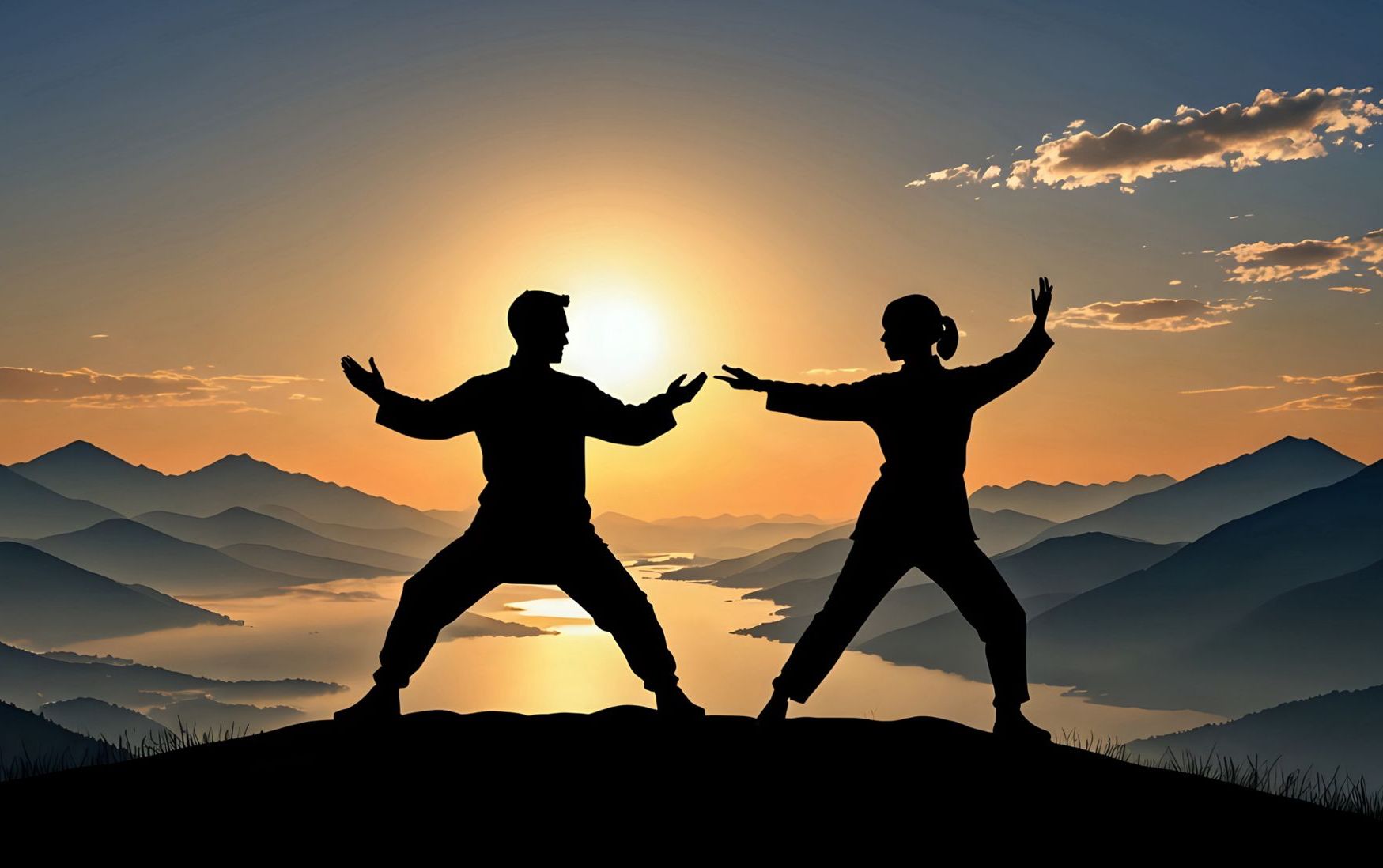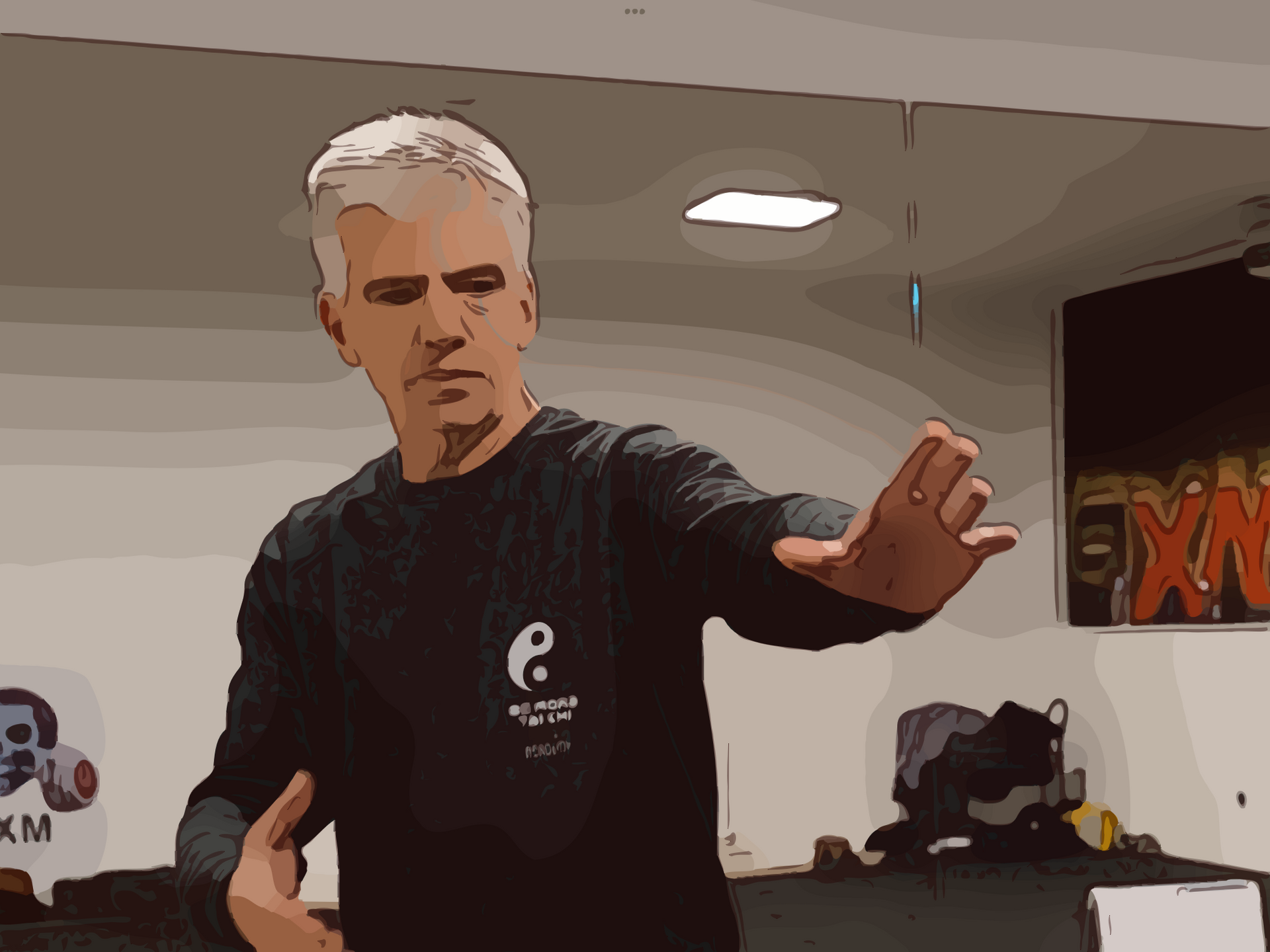Tai Chi: Moving Meditation – The Difference Between Stillness & Awareness
Tai Chi: Moving Meditation
– The Difference Between Stillness & Awareness

Tai Chi is often called “meditation in motion,” but unlike traditional seated meditation, you don’t close your eyes or withdraw from the world—you move through it. The goal isn’t to shut out distractions but to heighten awareness, refine control, and develop presence in motion.
So how does Tai Chi compare to seated meditation, and why is it considered a moving meditation rather than just slow exercise? Let’s break it down.
⸻
1️⃣ The Core Difference: Stillness vs. Awareness in Motion
📌 Seated Meditation (Eyes Closed, Inward Focus)
✅ Encourages internal awareness by reducing external distractions.
✅ Focuses on breath, thoughts, or a mantra to cultivate a calm state.
✅ Often aims for detachment from surroundings to deepen introspection.
📌 Tai Chi as Moving Meditation (Eyes Open, External & Internal Awareness)
✅ Develops awareness inside and outside the body—you stay engaged with movement, space, and surroundings.
✅ Focuses on coordinating breath, movement, and intent—a continuous process.
✅ Requires mental presence in every inch of movement, rather than sitting still.
💡 As Ian says, “Doing your form inch by inch”—that’s meditation in motion. It’s about refining control, awareness, and balance through every step, rather than detaching from the world.
⸻
2️⃣ Why Tai Chi Practitioners Keep Their Eyes Open
Many meditation practices encourage closing the eyes to block out distractions and focus inward. But in Tai Chi, you keep your eyes open—because awareness is everything.
🔹 You’re training attention, not detachment.
• In combat or self-defense, closing your eyes isn’t an option. You must stay aware, adaptable, and engaged with reality.
• Tai Chi conditions you to remain calm under movement, rather than only achieving peace in stillness.
🔹 The world is part of the practice.
• Instead of cutting off sensory input, Tai Chi trains how to move through distractions with control and clarity.
• The body’s movement should remain coordinated, precise, and intentional—even in the chaos of everyday life.
💡 Tai Chi isn’t about withdrawing from the world—it’s about learning to move through it with focus and clarity.
⸻
3️⃣ The Mental Benefits of Tai Chi vs. Traditional Meditation
Both Tai Chi and seated meditation can reduce stress, improve focus, and promote relaxation, but they achieve it differently.
📌 Meditation (Stillness & Observation)
✅ Strengthens concentration & mental discipline.
✅ Helps process thoughts & emotions without reacting.
✅ Encourages detachment from external distractions.
📌 Tai Chi (Mindfulness in Motion)
✅ Trains focus while staying physically engaged.
✅ Improves reactive control—learning to adapt rather than detach.
✅ Builds balance, coordination, and movement awareness.
💡 One isn’t better than the other—both are tools. But if you struggle with seated meditation or stillness, Tai Chi may offer a more practical way to train mindfulness while staying active.
⸻
4️⃣ Why Tai Chi is Called “Medication in Motion”
Harvard Medical School refers to Tai Chi as “Medication in Motion” because it has scientifically proven health benefits that rival traditional therapies.
📌 The Healing Effects of Tai Chi:
✅ Lowers cortisol (stress hormone) and promotes relaxation.
✅ Improves balance, mobility, and circulation.
✅ Reduces joint pain & stiffness—ideal for arthritis and recovery.
✅ Strengthens brain function & cognitive sharpness.
Unlike many exercises, Tai Chi doesn’t just work the body—it rewires the mind-body connection, making movement smoother, more efficient, and less stressful.
💡 Tai Chi isn’t just movement—it’s a neurological practice that sharpens focus, control, and adaptability.
⸻
5️⃣ The Takeaway: Tai Chi as the Bridge Between Movement & Meditation
Tai Chi and meditation are two sides of the same coin—one teaches stillness, the other teaches awareness in motion. Both have profound benefits, but Tai Chi offers something unique:
✅ A way to meditate without sitting still.
✅ A method to train mindfulness through movement.
✅ A way to improve physical & mental resilience in real-time.
🚀 Tai Chi isn’t about escaping the world—it’s about learning how to move through it with skill, presence, and balance.
Discover the Power of Moving Meditation

